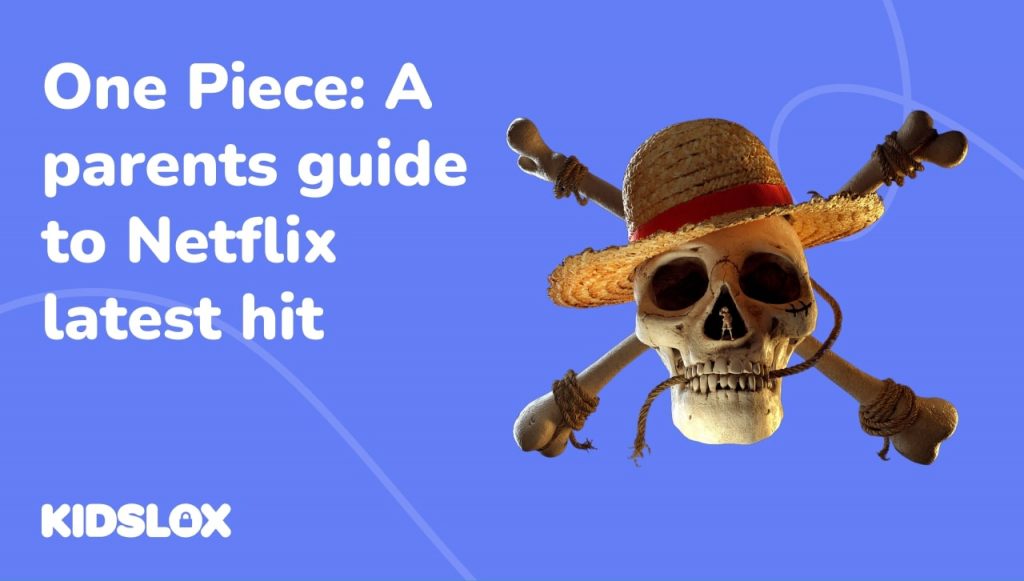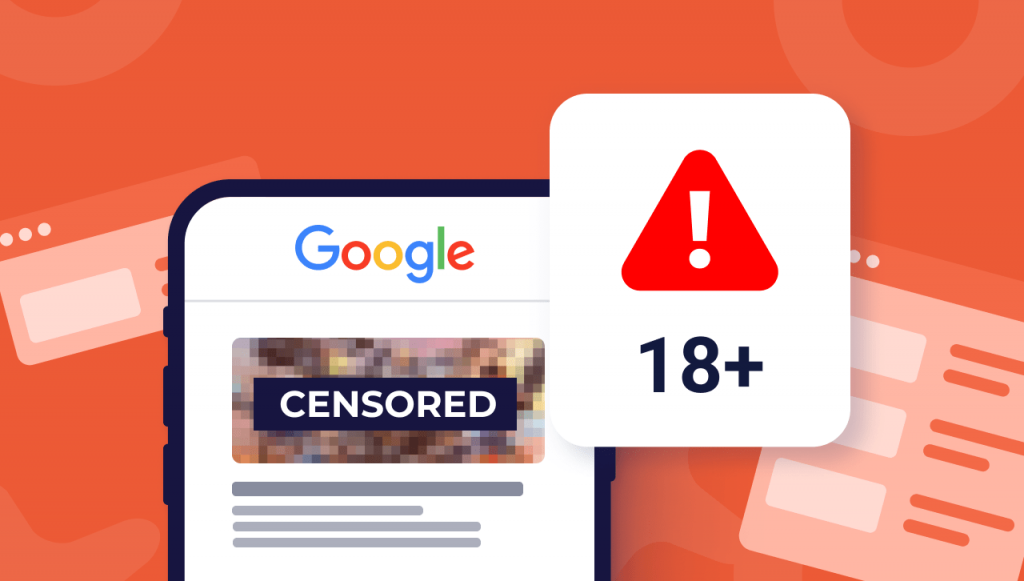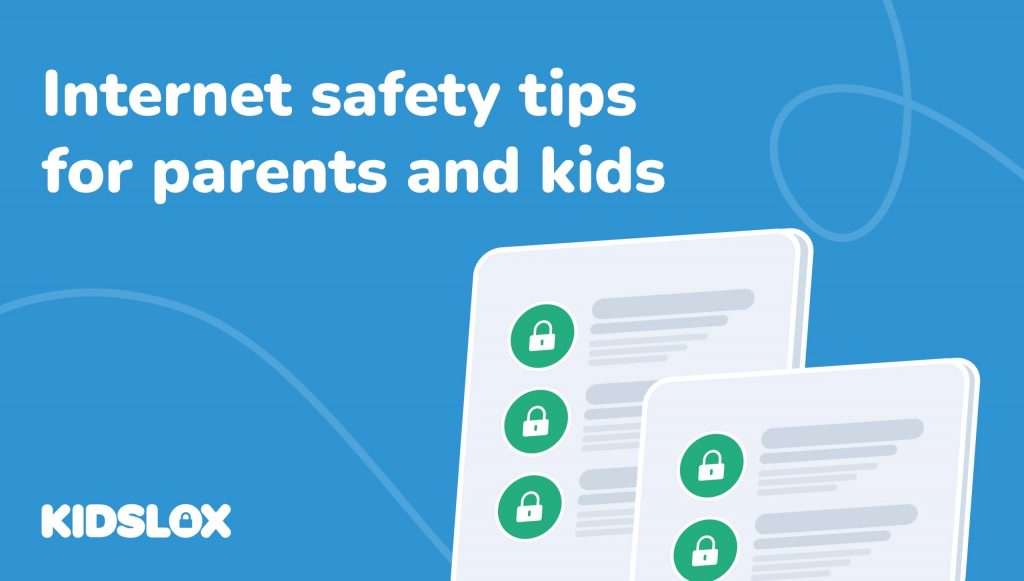Few stories capture the imagination of children and adults alike quite like pirate tales. And in the realm of swashbuckling adventures, One Piece has long been one of the most iconic stories.
A Japanese manga-turned-Netflix live-action series, this fictional tale of a ragtag group of pirates on the hunt for the ultimate treasure has spawned legions of loyal fans worldwide.
Combine the fantastical art of the manga with the immersive visuals of the Netflix series, and it’s not hard to see why One Piece continues to attract children and adults alike. But as a parent, you may wonder if One Piece‘s latest adaptation is suitable for your kids.
To help you learn more about the latest Netflix series craze, we’ve compiled this comprehensive guide to One Piece. Here, you’ll find everything from an overview of the story and characters to a guide on whether you should let your kids watch it.
About One Piece
- Release Date: Premiered on August 31, 2023 – by Matt Owens and Steven Maeda for Netflix
- Adaptation: Live-action adaptation of the ongoing 1997 Japanese manga series by Eiichiro Oda
- Main Cast: Stars Iñaki Godoy, Emily Rudd, Mackenyu, Jacob Romero Gibson, and Taz Skylar as the main five members of the Straw Hat Pirates
- Rating: Given a TV-14 rating by US Netflix, with additional content warnings for “fear, language, nudity, self-harm, smoking, and substances”
What is One Piece?
A skinny teenager named Monkey D. Luffy dreams of becoming the Pirate King. To achieve his dream, he sets off on a grand adventure to find the legendary One Piece — a treasure said to be worth more than any other in the world.
Along his journey, Luffy meets many interesting characters who join him in his quest for glory and riches. Together, they explore the world of pirates and discover its secrets.
The Netflix adaptation of One Piece brings to life the rich and vibrant world originally conceived by Eiichiro Oda in his 1997 manga series.
In collaboration with developers Matt Owens and Steven Maeda, Oda served as a major creative consultant, ensuring that the live-action series faithfully mirrors its source material and brings the story to life for a new generation.
The Quest for “One Piece”
At the heart of the series is a quest for the “One Piece,” a legendary treasure said to bestow immense wealth and power, enough to crown its possessor the “King of the Pirates.”
Leading this daring expedition is Monkey D. Luffy, an energetic young man with a deep-seated sense of justice and an insatiable appetite for adventure. Luffy is not alone on his journey; he is joined by a diverse group of friends and comrades, each with their unique skills and dreams.
Their adventures take them from island to island, where they encounter a variety of people, both friends and foes. Along the way, Luffy and his crew battle rival pirates, government forces, and mythical giants.
The Themes of One Piece
When choosing what to allow our children and teens to engage with, it’s important to look closely at the themes and ideas within the content – the lessons taught and the underlying messages the work conveys.
The One Piece series is much more than a treasure hunt across the high seas; it’s a narrative rich with thematic depth. The story delves into various themes that resonate with audiences of all ages, offering not just entertainment but also invaluable life lessons:
Friendship and Loyalty
One of the most prevalent themes is the importance of friendship and loyalty. The Straw Hat Pirates are not just a crew; they’re a family.
Each member has their dreams and ambitions, but they are united in their commitment to support one another. This theme emphasizes the importance of sticking together through thick and thin, highlighting how loyalty can overcome even the most insurmountable obstacles.
The Pursuit of Dreams
Each character in the series is driven by a personal dream or aspiration. Luffy wants to be the King of the Pirates, Zoro aims to be the world’s greatest swordsman, and Sanji is searching for the All Blue.
One Piece shows that while the road to achieving one’s dreams may be fraught with difficulties, perseverance and belief in oneself can make the impossible possible.
Freedom and Individuality
The concept of freedom is central to the world of One Piece. The open sea is a metaphor for ultimate freedom, a place where one can forge their destiny free from societal constraints.
This theme also extends to the individuality of each character. Despite their quirks and unique abilities, each crew member is accepted for who they are, celebrating the idea that one’s individuality should be accepted and cherished.
Justice and Morality
The series poses challenging questions about justice and morality, particularly through its portrayal of the Marines and the World Government.
While they are ostensibly the “law,” their actions often blur the lines between right and wrong. This theme prompts viewers to consider the complexity of justice and the moral ambiguity inherent in wielding power. For parents, this may be a good opportunity to talk to their children about the nuances of morality.
Sacrifice and Selflessness
Many story arcs in One Piece involve characters making significant sacrifices for the greater good of their friends. Whether it’s giving up personal ambitions or even risking their lives, these acts of selflessness add emotional depth to the series and serve as poignant reminders of the lengths people will go to for those they care about.
Resilience and Overcoming Adversity
The Straw Hat crew often finds themselves in seemingly hopeless situations, whether they’re up against a much stronger foe or navigating through dangerous waters. However, they always manage to overcome these challenges through sheer willpower, ingenuity, and teamwork.
This theme serves as an inspirational message about the human capacity to endure hardships and come out stronger on the other side.
Ratings and Parental Guidance for One Piece
The US Netflix adaptation of One Piece has been given a TV-14 rating. According to the Federal Communications Commission (FCC), a TV-14 rating indicates that the show may contain content unsuitable for children under 14.
The rating covers various aspects like “intensely suggestive dialogue, strong coarse language, intense sexual situations, or intense violence.” Netflix also adds specific content warnings for the show, mentioning “fear, language, nudity, self-harm, smoking, and substances.”
- Violence: While the show is primarily an adventure series, it does contain scenes of action and combat. Some moments involve intense fights and a few gruesome deaths. Should the show continue in the original source material, these scenes may become more frequent and more violent.
- Language: The language in One Piece is relatively mild compared to other shows with a similar rating. However, some profanity is used, though it is not prevalent.
- Sexual Content: Sexual situations are rare in One Piece. There may be affection or innuendo, but they are seldom explicit. Staying true to the source material, the show focuses more on the absurd and whimsical than any sexual content.
- Other Content Warnings: Elements like fear, self-harm, and substances appear in the series but are not the main focus. As the show centers around pirates trying to prove themselves, there are moments of “machismo” and other stereotypes that some may find offensive.
Parental Guidance Suggestions
Preview the Content Yourself
Before allowing your child to dive into the world of One Piece, it’s vital to preview some episodes yourself.
This hands-on approach can help you gauge whether the themes and content are in line with your comfort level for your child’s viewing. For instance, Episode 1 (“Romance Dawn”) includes themes of justice and bullying that you may want to prepare to discuss with your child.
Set Viewing Parameters
Netflix offers robust parental controls that allow you to restrict content based on its rating.
Utilizing these controls can help ensure that your child only has access to age-appropriate material. Given that One Piece has a TV-14 rating, setting up a kids’ profile with suitable restrictions can be a useful first step. You can also use apps like Kidslox to set restrictions and block content across your device.
Consider Co-Viewing
Should you deem the content appropriate but still have reservations, watching the show alongside your child is an excellent strategy. Co-viewing allows you to provide immediate context for complex themes or challenging scenes.
For example, Episode 5 (“Eat at Baratie!”) contains themes of determination and mentorship that can serve as good talking points during or after the episode.
Encourage Open Discussion
One Piece offers a rich tapestry of themes, ethical dilemmas, and life lessons that can serve as fertile ground for parent-child discussions.
After watching episodes with pivotal moments or messages, engage your child in a conversation about what they’ve seen. Episode 7 (“The Girl with the Sawfish Tattoo”) brings up issues of betrayal and asking for help, which could be an invaluable teaching moment.
Should You Let Your Kids Watch One Piece?
One Piece is a captivating series that’s likely to catch the imagination of children with its colorful characters, adventurous plot, and themes of friendship and loyalty.
However, it’s important to note that the show comes with a TV-14 rating, signaling that it is designed for older viewers. The rating flags potential issues such as violence, strong language, and other mature themes that may not be suitable for younger children.
That said, the appropriateness of One Piece for your child largely depends on their maturity level and your comfort as a parent with the themes explored. Each episode delves into a variety of life lessons and complex themes, creating excellent opportunities for discussion and education. However, these can also be challenging for younger viewers to fully grasp without guidance.
So, should you let your kids watch One Piece? If they are older and you’re willing to engage with them on the show’s deeper themes, the answer could very well be yes. Just remember to sail these waters carefully, and consider pre or co-viewing the show to help guide the journey.





